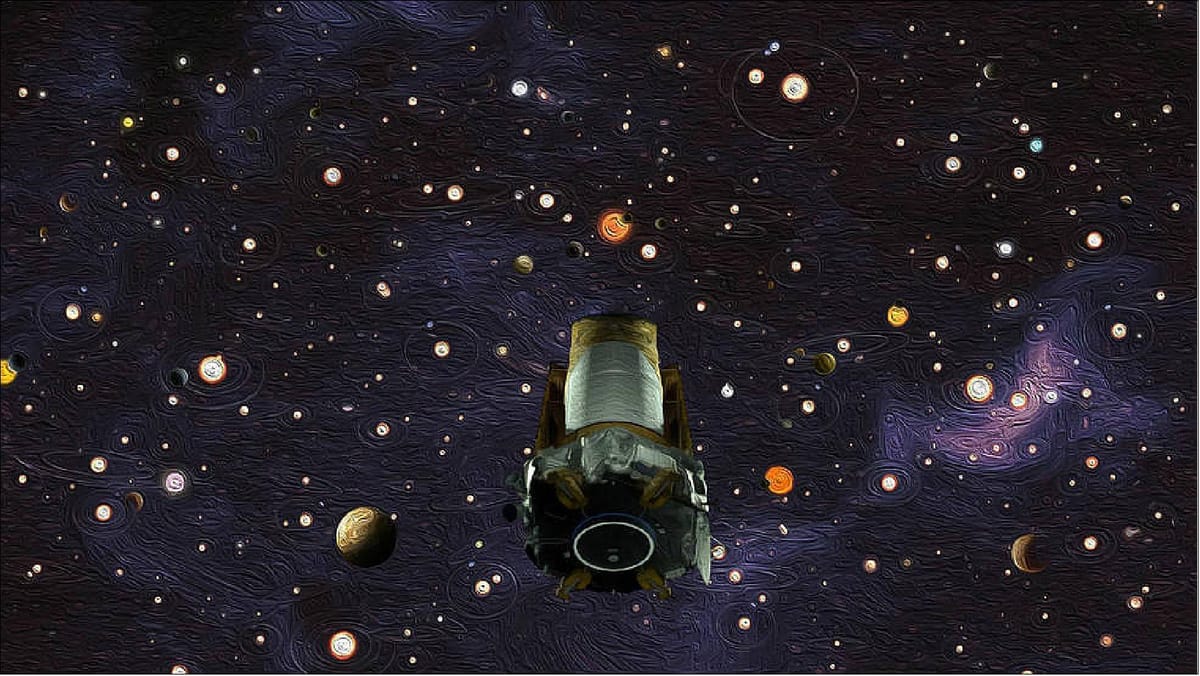How Does The Kepler Project Advance Environmental Efforts - Course Monster Blog

When most people hear the word “sustainability,” they often think of things like using reusable water bottles, composting at home, and using paper straws. They might also imagine “reduce, reuse, recycle” posters or canvas bags at a farmer’s market. However, they might not immediately associate sustainability with data centers. Despite this, sustainability has become an important aspect of government policies, business strategies, and consumer behavior. As a result, tech leaders are developing technologies that allow users to monitor how their software usage affects energy consumption.
Over the past few years, data centers have experienced significant growth in the amount of work they handle, leading to a corresponding rise in energy consumption, which has been increasing by 10-30% annually. As per the International Energy Agency’s report, data centers account for 1-1.5% of the world’s energy consumption. For companies to have a significant environmental impact, it has become essential for IT leaders to examine the efficiency of their equipment and the tools they use to assess the sustainability of their data centers.
Enter: Kepler
The Efficient Power Level Exporter, or Kepler, is an initiative developed by Red Hat’s emerging technologies group in collaboration with IBM Research and Intel. It is an open-source project driven by the community that measures power consumption across multiple platforms. The project’s focus is on reporting, reduction, and regression to help businesses comprehend energy usage better.
Kepler employs established cloud-native technologies and methodologies, including extended Berkeley Packet Filter (eBPF), CPU performance counters, and machine learning models. These technologies estimate the power consumption of workloads and export them as metrics. The metrics are utilized for scheduling, scaling, reporting, and visualization, providing system administrators with information about the carbon footprint of their cloud-native workloads.
The Kepler Model Server updates and refines its pre-trained models using node data gathered by Kepler’s power-estimating agents. This enables the Kepler Project to customize its calculations to meet the unique requirements and systems of its users. By leveraging the insights provided by Kepler, business leaders can make more informed decisions about how to optimize energy consumption, address evolving sustainability needs, and achieve their organizational objectives.
The future of Kepler Project
Collaboration within the open-source community and prioritizing upstream development are crucial for accelerating progress in sustainable innovation. Keeping this in mind, Red Hat is actively working towards contributing Kepler to the Cloud Native Computing Foundation Sandbox. This allows contributors to explore and integrate Kepler into their own use cases, fostering innovation and sustainability in the open-source community.
The Kepler Project has the potential to facilitate various new innovations within the open-source community, empowering service providers to more effectively observe, analyze, optimize, and document the power consumption of cloud-native applications. Some examples of these innovations include:
- Power consumption reporting: The metrics generated by Kepler are time-series data, meaning they can be utilized to construct dashboards that display power consumption at various levels, such as containers, pods, namespaces, or different compute nodes in the cluster.
- Carbon footprint: Users can combine Kepler’s energy consumption metrics with their data center’s power usage effectiveness (PUE) and electricity carbon intensity to estimate the carbon footprint of their workload.
- Power-aware workload scheduler and auto-scaling: Kepler’s metrics can be leveraged by a Kubernetes scheduler to allocate upcoming workloads to the compute node that is expected to enhance performance per watt, thus decreasing power consumption at the cluster level. In a similar manner, Kubernetes auto-scalers can utilize Kepler’s power consumption metrics in their auto-scaling algorithms to determine the necessary resources needed to achieve better energy efficiency.
- CI/CD pipelines: Kepler can also play a role in the software development lifecycle, aiding in the creation of more sustainable software products. For example, Kepler can be integrated into continuous integration and continuous development (CI/CD) pipelines for software testing and release. By utilizing Kepler’s power consumption metrics, developers can measure, analyze, and optimize their software stacks for improved sustainability.
Here at CourseMonster, we know how hard it may be to find the right time and funds for training. We provide effective training programs that enable you to select the training option that best meets the demands of your company.
For more information, please get in touch with one of our course advisers today or contact us at training@coursemonster.com




Comments ()